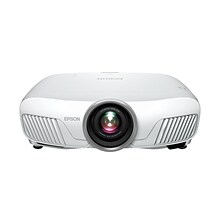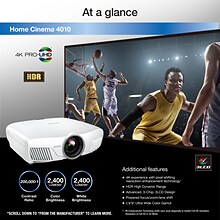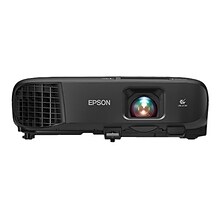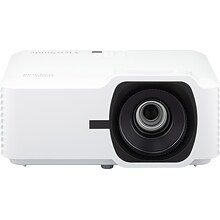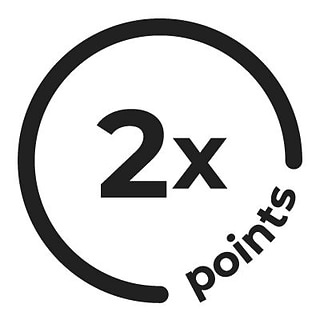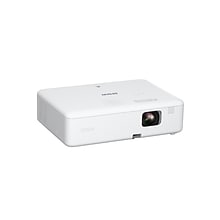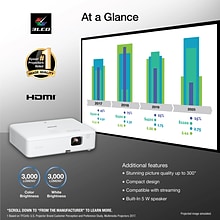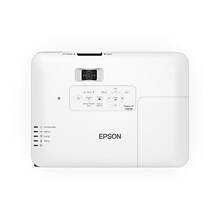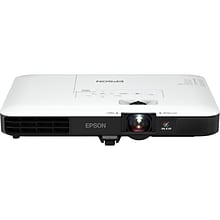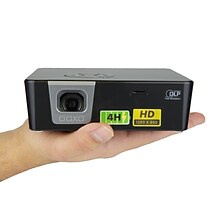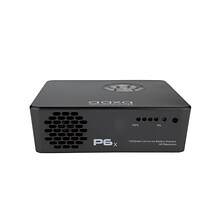Shop Projectors
(91 Products)Choosing a computer projector based on room size
Knowing the size of the room where the projector will be used is the first step to choosing the correct office projector. There are two reasons for this. First, the size of the room often determines the size of the projector screen. The screen can’t be bigger than the wall. Second, the throw distance of the projector determines how far it has to be from the screen. For example, a throw distance of 1.5:1 means the projector must be 1.5 feet away per every foot of screen width. If the room fits a 10 foot screen and the projector has a throw distance of 1.5:1, then for the image to fit, the projector must be at least 15 feet away from the screen. Determine screen size and measure how much space is between the front and back wall. After that, check throw distance on potential projector options.
Office projector display types
Home or conference room projectors have different display types that affect brightness, colors, and clarity of the projected image. Display types include:
- LCD (liquid crystal display) that uses prism technology to create bright colors
- DLP (digital light processing) single chip that is lightweight for portable office projectors
- DLP three chip for super bright colors and very high lumen output levels
- LCoS (liquid crystal on silicon) for high resolution and less flickering, rainbows, and shadows
Computer projector placement
An office projector needs to be set a certain distance from the screen, but users must also decide whether it should be placed up high or nearer to the ground. Portable machines can be positioned on conference room tables the correct distance away from the screen as long as no object sits in the way of the lens. Table placement is also useful for projectors that must be hooked up to a computer with a cable. Permanent options can be hung from the ceiling so they are out of the way at all times. Wireless machines work well in a hanging position because there are no cables to attach to the computer. Many products allow for both table placement and ceiling hanging positions thanks to an upside-down mode that flips the image.






